Moon Mining Is Gaining Traction, But is Still Far Off
Article by Luke Burgess August 4, 2021 (outsiderclub.com)
• Many have speculated that “space mining” will soon move out of the realm of fiction and into our future reality. Last year, President Trump signed an executive order stating America’s right to explore and use resources from the mining of resources on an asteroid, the Earth’s Moon, a moon of a nearby planet, or one of the nearby planets themselves. But there are realities that will postpone off-Earth mining for decades to come.
• The Moon is rich in metals like iron, aluminum, and titanium. But all of these are also found in great quantities on Earth. Going to the Moon to mine them would be like diving to the bottom of the ocean for a glass of water. According to experts, the Moon’s most critical resources are water, rare earth elements, and helium-3. Water would be useful for lunar agriculture or fuel, but certainly not worth bringing back to Earth. And ‘rare earth elements’ are about as common as most base metals on in the Earth’s crust.
• While 90% of the world’s rare Earth elements are mined in China, the main problem for rare earth production is we simply don’t have good technologies to commercially process these elements from different types of ore yet. Also, rare Earth elements production carries serious environmental risks.
• Helium-3 may be the only resource worth bringing back to Earth for now. Helium-3 is a very rare gas that has the potential to be used as a fuel in future nuclear fusion. But what about the cost of getting there and back? Up until very recently, the expected cost of sending just one pound of material into orbit was over $10,000. SpaceX’s Falcon 9 launch vehicle has drastically brought down those cost expectations, and the company’s Smallsat Rideshare Program is aiming to reduce the cost of mass payloads into a sun-synchronous orbit for $1 million — or $2,500 per pound. But this is still far from economical. For example, if someone were so inclined to put a bulldozer into orbit for whatever reason, it would cost around $50 million. It would cost much more to get a dozer on the Moon to conduct a mining operation.
• Let’s imagine for a moment that a world-changing technology drastically reduces the cost of payload launch to pennies, so that the cost of transporting anything to the Moon is equal to transporting it on Earth. Mining isn’t just showing up and digging. Different types of surveys and mapping need to be completed, and the ideal location must be identified before exploration can begin. On Earth, the process can take five to 10 years. So even if someone started on a project to commercially mine on the Moon today, it would take at least a decade for anything to actually be produced.
• Still, expect human beings to continue to push the space industry forward to improve our day-to-day lives on Earth. Just recently, a group of visionaries walked away from top-level positions at Apple, Amazon, SpaceX, and Tesla to join a small start-up company that’s aiming to create the first daily space delivery service in history. This firm builds rockets faster and 50 times smaller than anyone else in the industry. Says Jason Simpkins, investment director of Wall Street’s Proving Ground, “According to my calculations, this company’s enterprise value could grow 8,933% very soon… even if it captures just a modest share of this market.”
 The idea of extraterrestrial mining has been around for more than a century. In the
The idea of extraterrestrial mining has been around for more than a century. In the 1898 landmark sci-fi novel Edison’s Conquest of Mars, Garrett Serviss’ main characters come across aliens mining an asteroid made of solid gold.
1898 landmark sci-fi novel Edison’s Conquest of Mars, Garrett Serviss’ main characters come across aliens mining an asteroid made of solid gold.
And for decades since, science fiction writers have used asteroid and moon mining as plot devices — from the golden-age sci-fi greats like Isaac Asimov and Richard Heinlein, to modern authors Andy Weir and James S. A. Corey, to big budget Hollywood films “Avatar” (2009) and the “Alien” series (1979–present).

Over the past few years, many have speculated that “space mining” will soon move out of the realm of fiction and into our future reality. Last year the concept was even politicized by then-president Trump when he signed an executive order which stated America’s right

to explore and use resources from outer space. Then, just a month ago, the idea of extraterrestrial mining was reinvigorated with Jeff Bezos’ rocket stunt.
Yet as exciting as the whole idea is — to blast off the Earth to mine new mineral resources — I think it’s important to consider the realities of what extraterrestrial mining will actually require in practice. Because those realities will postpone off-Earth mining for decades to come. Let me explain, but first things first…
Let’s clear up some language…
“Space mining”… Technically speaking, we’re already mining in space. In fact, human beings have never not mined in space. The Earth is flying around in what we call “space.” We’re in space right now. So what we’re really talking about is better called “extraterrestrial mining”… mining that’s done anywhere but Earth.
FAIR USE NOTICE: This page contains copyrighted material the use of which has not been specifically authorized by the copyright owner. ExoNews.org distributes this material for the purpose of news reporting, educational research, comment and criticism, constituting Fair Use under 17 U.S.C § 107. Please contact the Editor at ExoNews with any copyright issue.
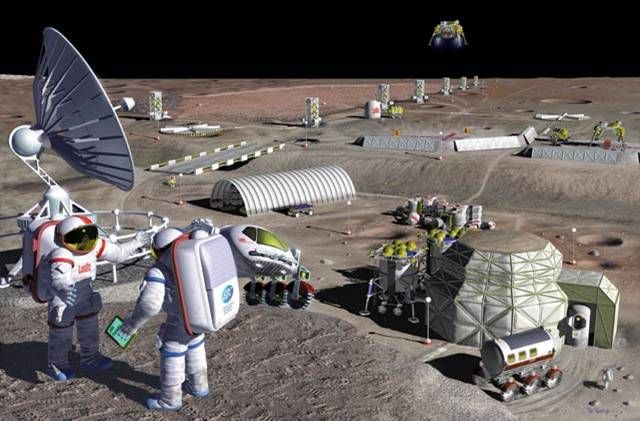

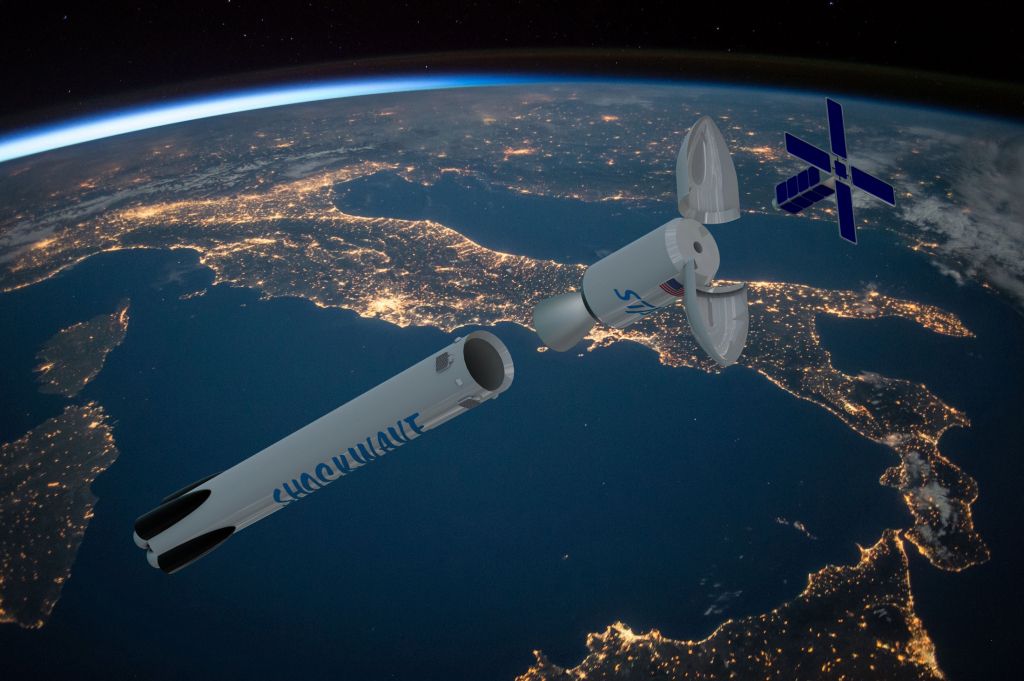
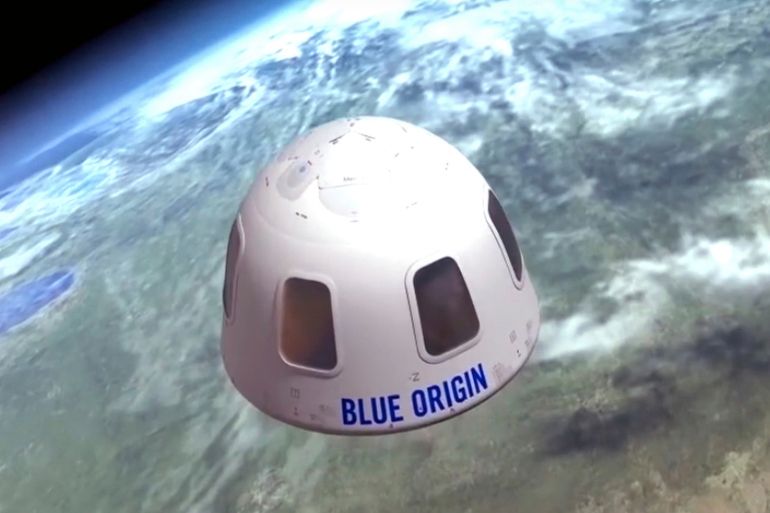


 Funk and Daemen became the oldest and youngest people, respectively, ever to
Funk and Daemen became the oldest and youngest people, respectively, ever to travel to space. And this flight marked the first-ever crewed mission for Blue Origin’s New Shepard suborbital space tourism rocket, which the company plans to use to take wealthy thrill seekers on high-flying joy rides in the months and years to come.
travel to space. And this flight marked the first-ever crewed mission for Blue Origin’s New Shepard suborbital space tourism rocket, which the company plans to use to take wealthy thrill seekers on high-flying joy rides in the months and years to come. passengers were weightless for about three minutes and were allowed to unstrap themselves from their seat to float around and soak in panoramic views of the Earth and the cosmos.
passengers were weightless for about three minutes and were allowed to unstrap themselves from their seat to float around and soak in panoramic views of the Earth and the cosmos.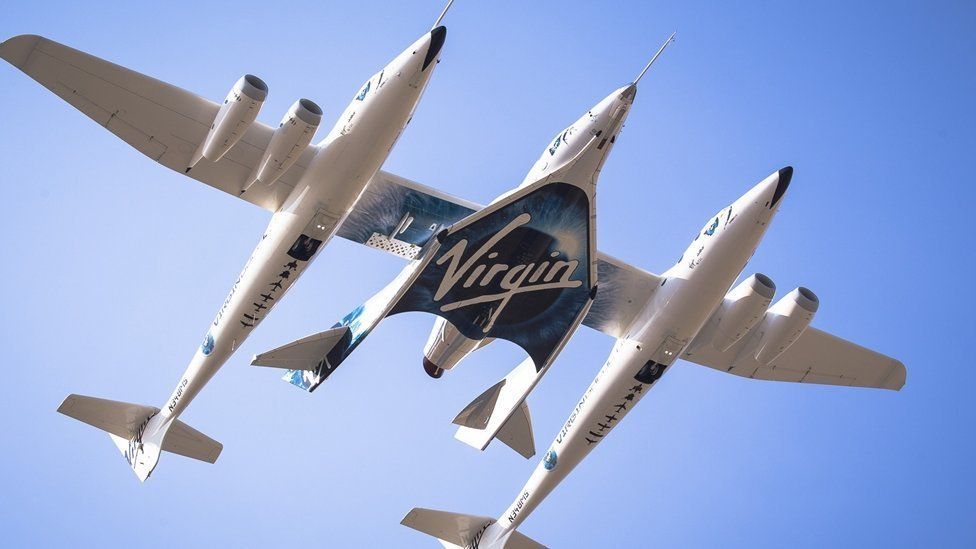



 for words. “It was just magical. … I’m just taking it all in, it’s unreal.”
for words. “It was just magical. … I’m just taking it all in, it’s unreal.”

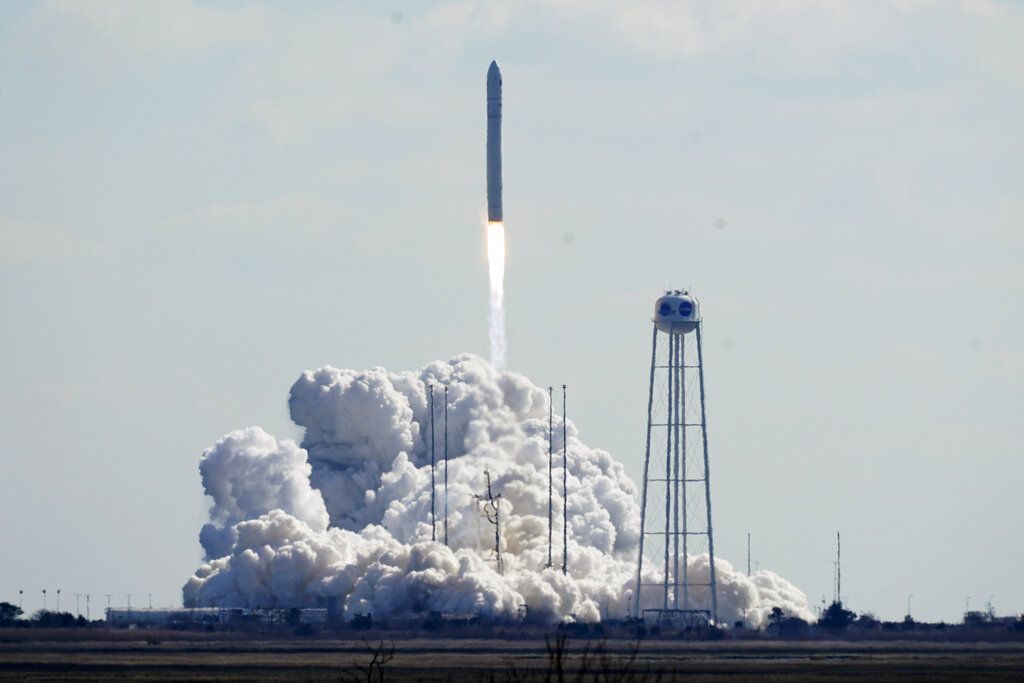

 Island says he wants to increase launch activity at the site, while acknowledging that there are limits as to how big it can grow.
Island says he wants to increase launch activity at the site, while acknowledging that there are limits as to how big it can grow.



 Mercer said at the briefing that growing the spaceport’s launch business was a top priority, second only to looking out for the needs of spaceport personnel. “One of the cleanest ways we can begin to grow this business, without doing much in terms of infrastructure, is simply get aggressive about getting out and bringing more customers to our launch port and to our range,” he said.
Mercer said at the briefing that growing the spaceport’s launch business was a top priority, second only to looking out for the needs of spaceport personnel. “One of the cleanest ways we can begin to grow this business, without doing much in terms of infrastructure, is simply get aggressive about getting out and bringing more customers to our launch port and to our range,” he said.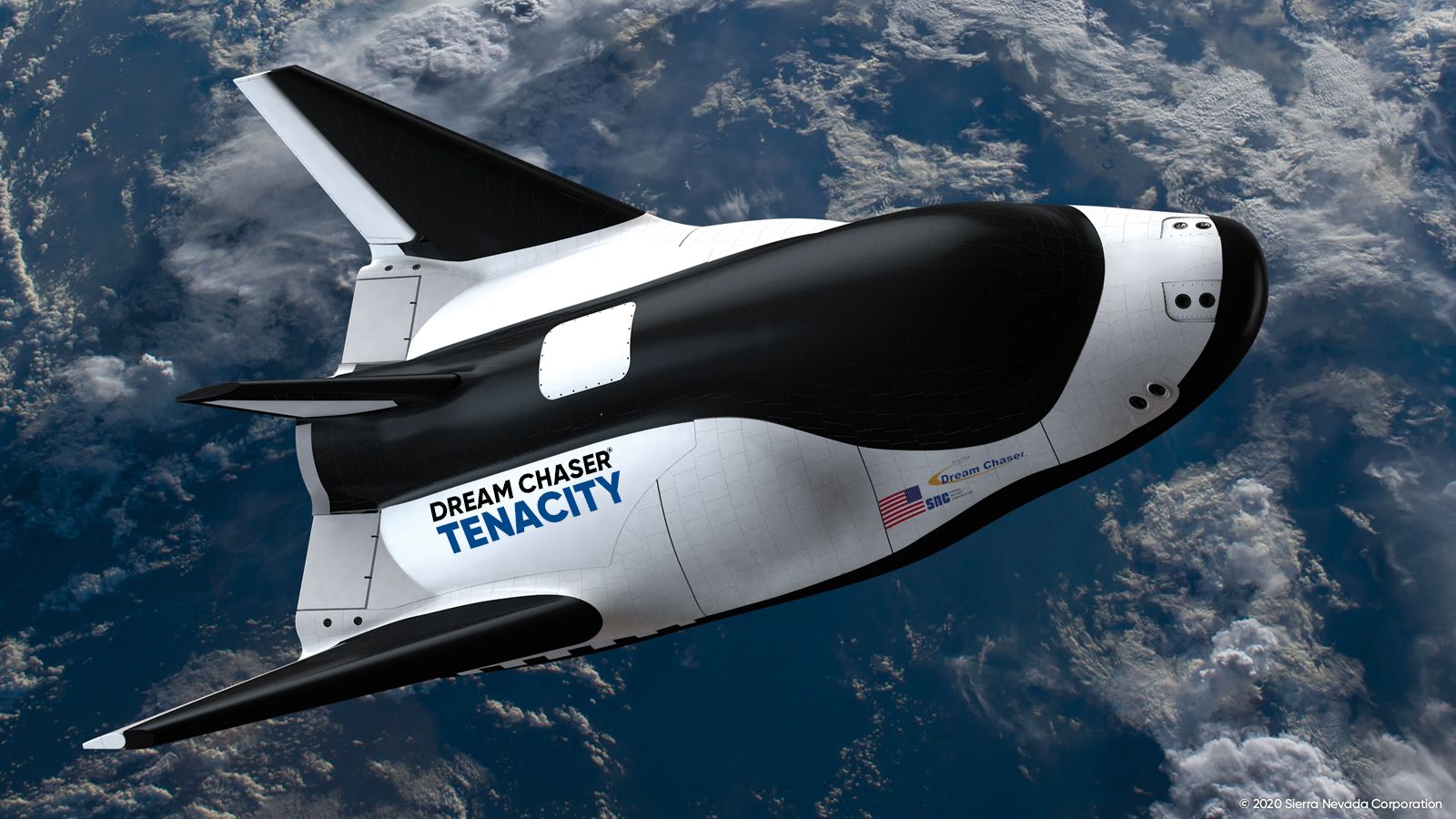
 SpaceX capsules designated for ventures to International Space Station might face
SpaceX capsules designated for ventures to International Space Station might face competition after the announcement of a new spaceplane set to take its first flight. It is claimed that the new spaceplane could make a roundtrip to ISS much faster than SpaceX vehicles.
competition after the announcement of a new spaceplane set to take its first flight. It is claimed that the new spaceplane could make a roundtrip to ISS much faster than SpaceX vehicles. flights to the ISS.
flights to the ISS.
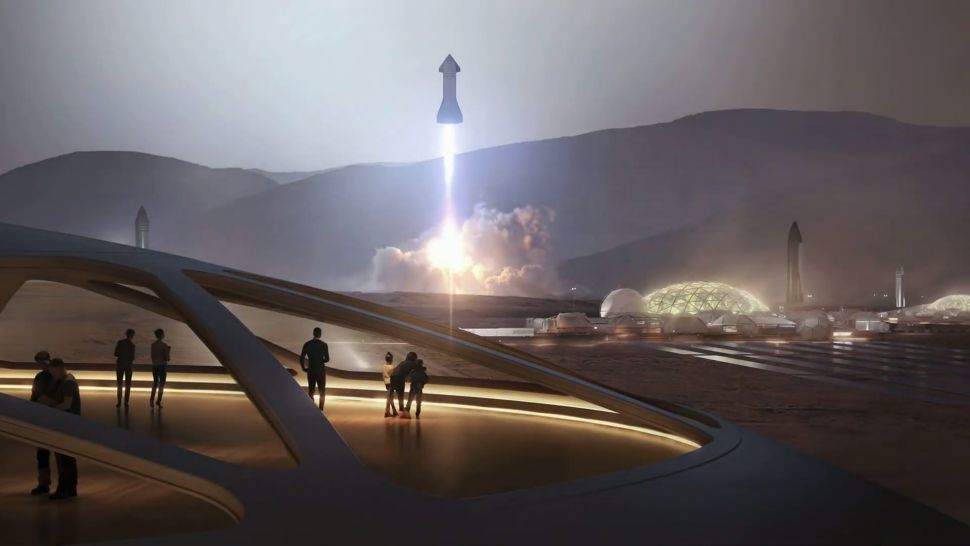
 The growth of space businesses makes this “the most exciting time” to be involved in the
The growth of space businesses makes this “the most exciting time” to be involved in the
 America has the benefit of being part of the STEM, K-12, opportunities that are out there,” he added, referring to the academic discipline that includes science, tech, engineering and math.
America has the benefit of being part of the STEM, K-12, opportunities that are out there,” he added, referring to the academic discipline that includes science, tech, engineering and math.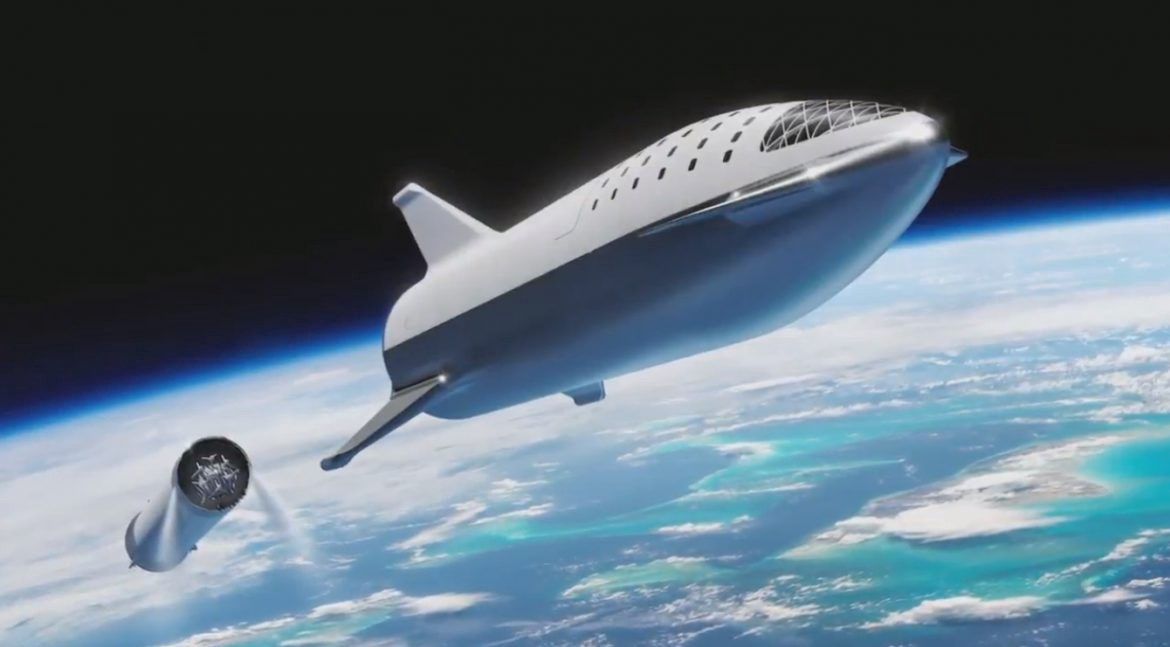
 Before the explosion of the private sector’s low-earth orbit satellite constellations and commercial launch services, the divide
Before the explosion of the private sector’s low-earth orbit satellite constellations and commercial launch services, the divide
 “Convergence is moving toward uniformity and partnership is cooperating to advance interests that are mutual,” Gen. Kehler explained. “I think there’s a difference between talking about how we want a partnership between national security space and commercial space companies, and my assertion is what we really need is convergence.”
“Convergence is moving toward uniformity and partnership is cooperating to advance interests that are mutual,” Gen. Kehler explained. “I think there’s a difference between talking about how we want a partnership between national security space and commercial space companies, and my assertion is what we really need is convergence.”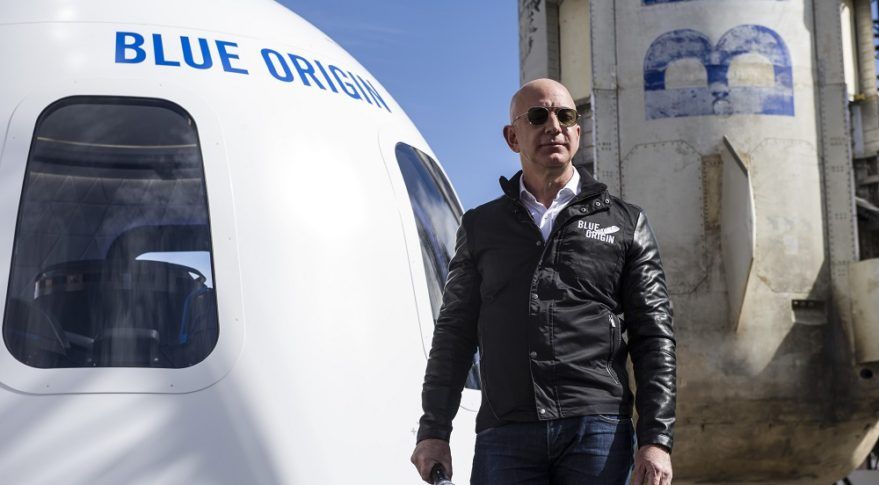






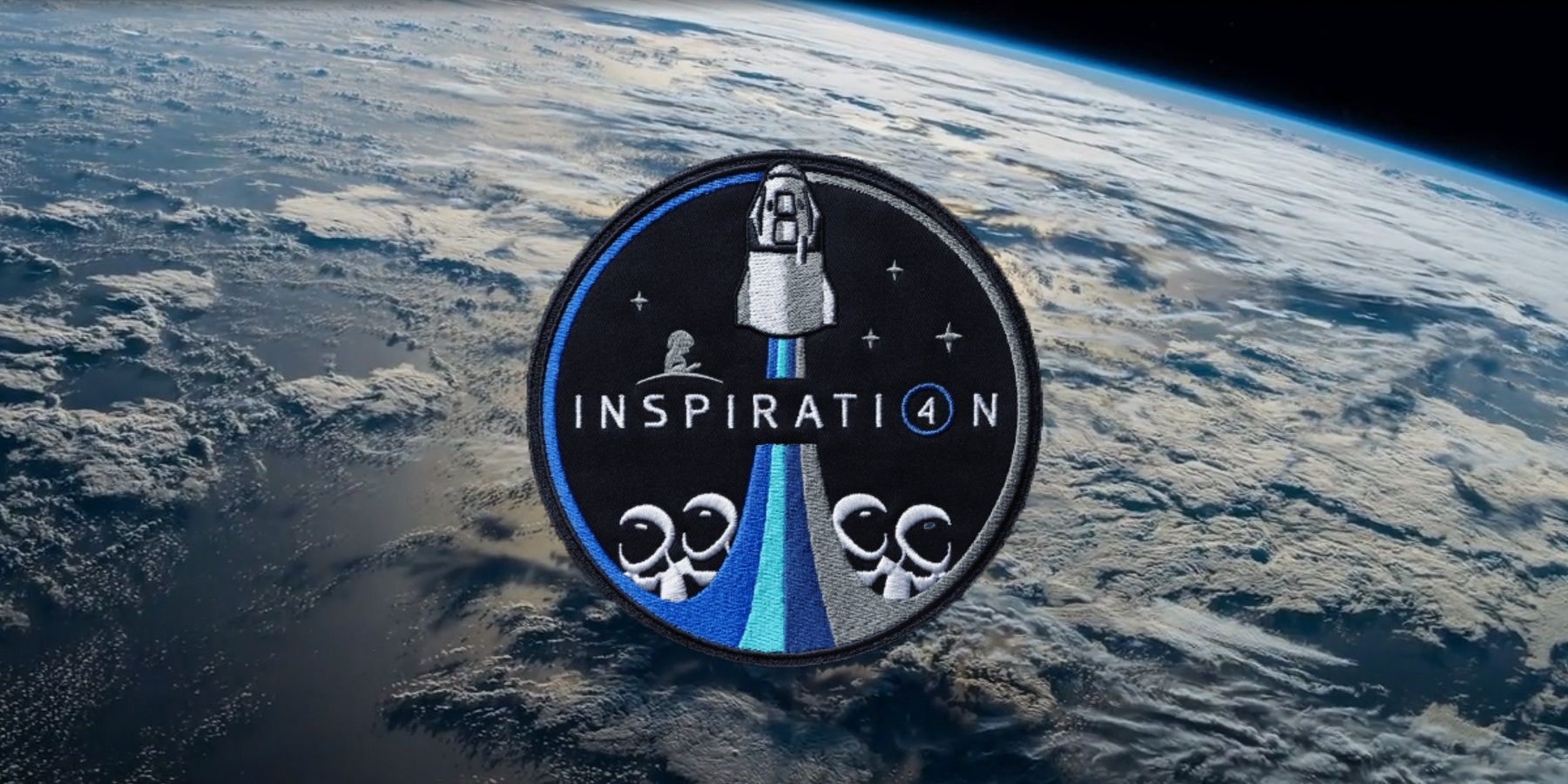








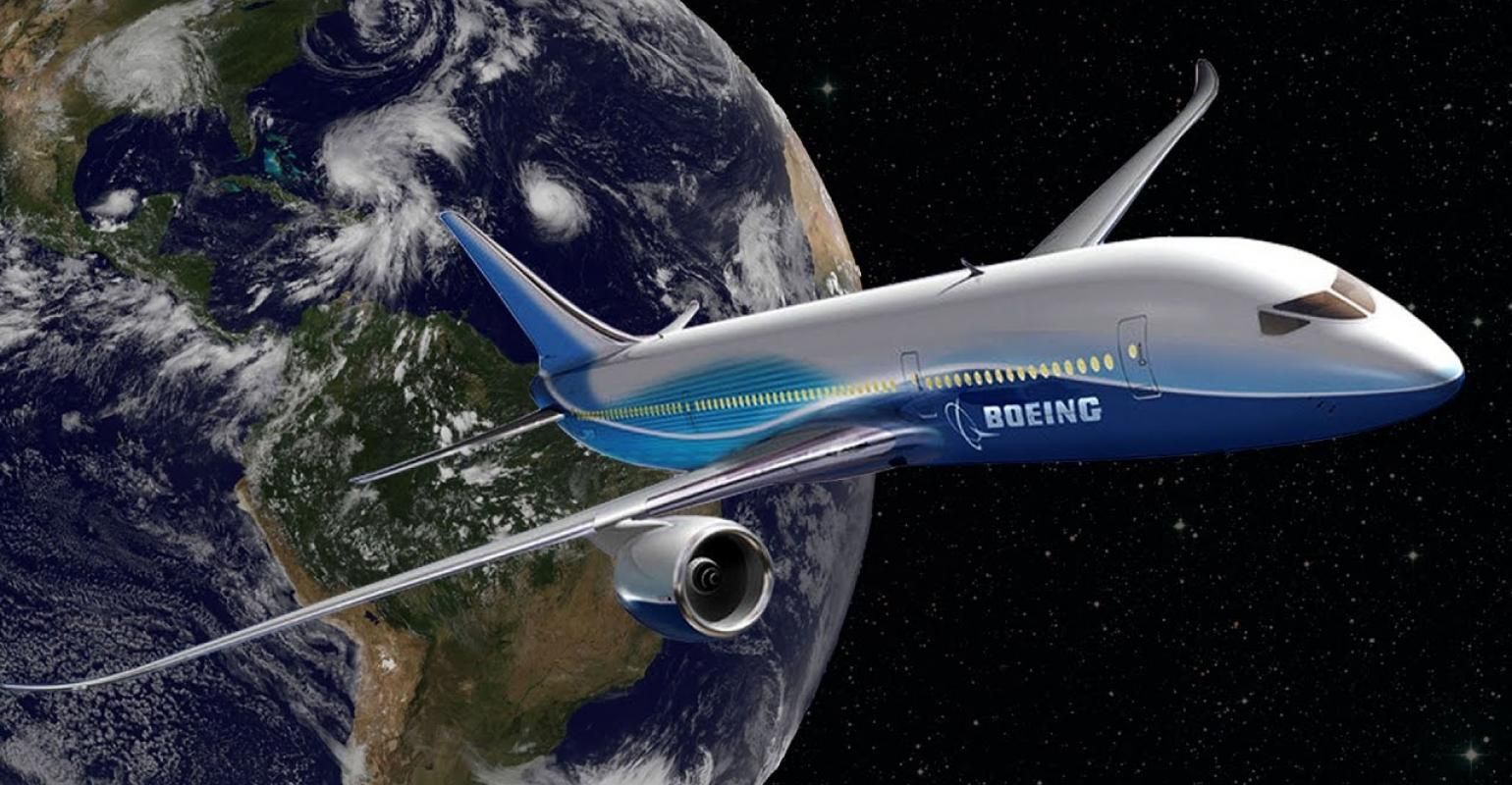



 called “Millennium Space Systems, A Boeing Company” and Millennium’s Founder/ Former CEO is a gentleman named Stan Dubyn.
called “Millennium Space Systems, A Boeing Company” and Millennium’s Founder/ Former CEO is a gentleman named Stan Dubyn.
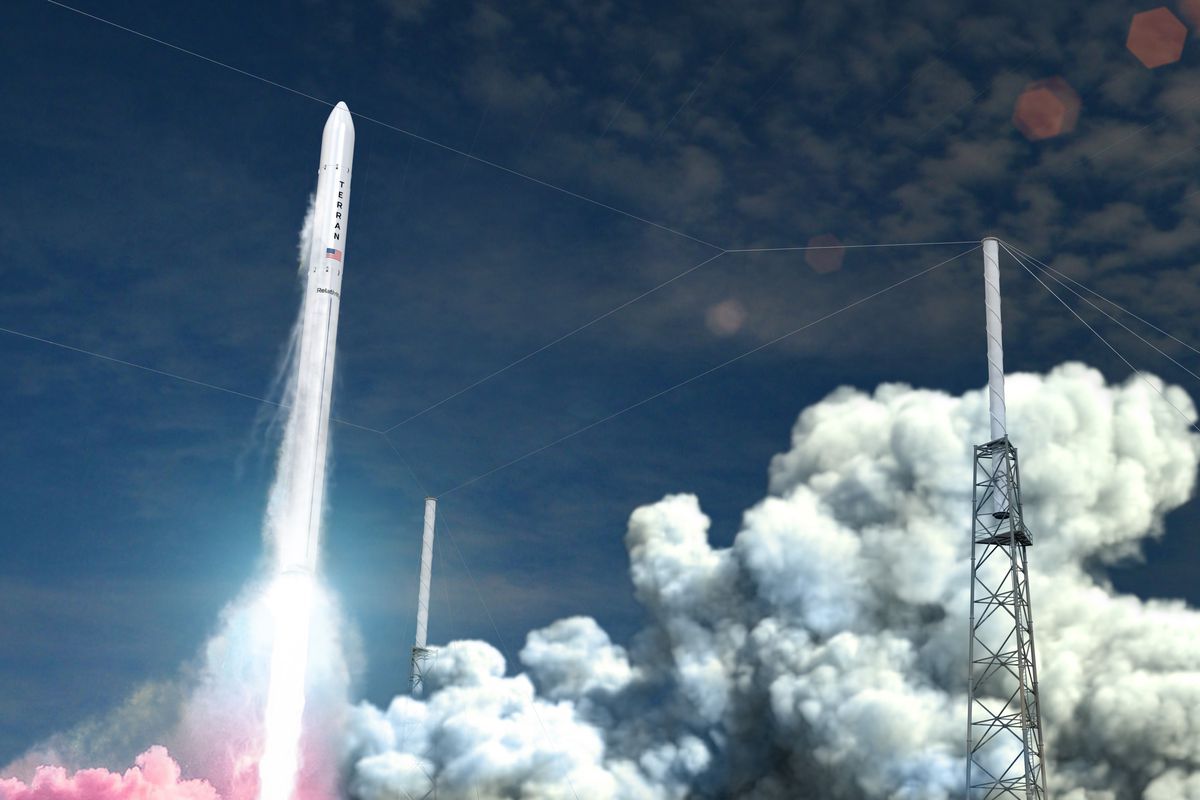

 WASHINGTON — Relativity Space was selected to launch a small U.S. military payload to orbit in 2023 using a 3D-printed rocket.
WASHINGTON — Relativity Space was selected to launch a small U.S. military payload to orbit in 2023 using a 3D-printed rocket.

 Relativity builds its rockets with 3D-printed components at its factory in Long Beach, California. For the DoD mission it will use the Terran 1 small satellite launcher that is expected to fly for the first time later this year from Cape Canaveral, Florida. DoD is the ninth announced launch customer for Terran 1 and the second U.S. government deal following a NASA Venture Class Launch Services contract.
Relativity builds its rockets with 3D-printed components at its factory in Long Beach, California. For the DoD mission it will use the Terran 1 small satellite launcher that is expected to fly for the first time later this year from Cape Canaveral, Florida. DoD is the ninth announced launch customer for Terran 1 and the second U.S. government deal following a NASA Venture Class Launch Services contract.






 Last November, UK Prime Minister Boris Johnson promised a $22 billion investment
Last November, UK Prime Minister Boris Johnson promised a $22 billion investment


 Britain has been one of the global champions when it comes to operating civil and military satellites but has yet to launch its first rocket from UK soil.
Britain has been one of the global champions when it comes to operating civil and military satellites but has yet to launch its first rocket from UK soil.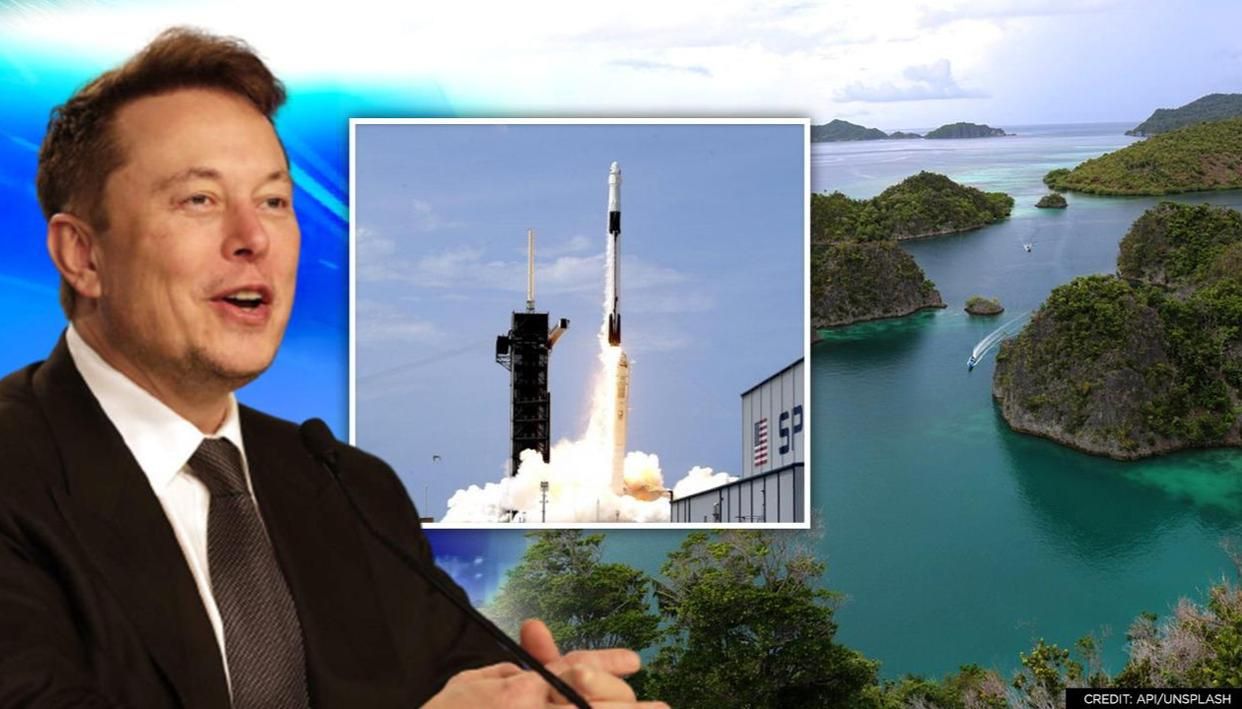



 deforestation in the region and increase the presence of the Indonesian military. According to the reports by The Business Insider, Indonesia’s coordinating minister for maritime and investment affairs said that Musk and the Indonesian president Joko Widodo had discussed the plans earlier in the month of December. Musk was planning to
deforestation in the region and increase the presence of the Indonesian military. According to the reports by The Business Insider, Indonesia’s coordinating minister for maritime and investment affairs said that Musk and the Indonesian president Joko Widodo had discussed the plans earlier in the month of December. Musk was planning to send a team to the island in
send a team to the island in
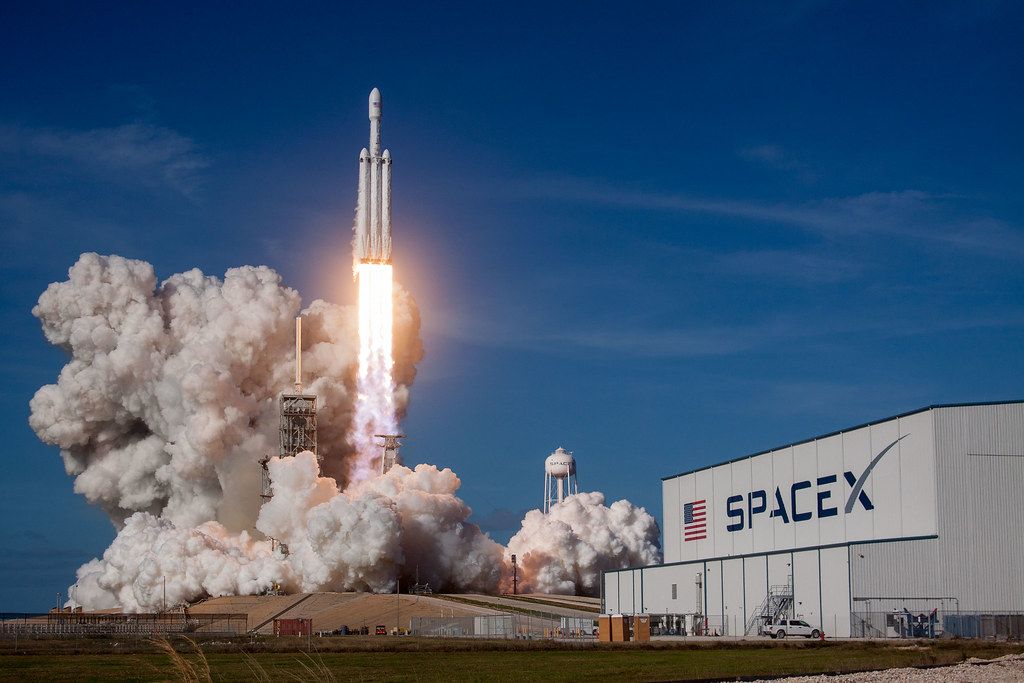


 major hardware that exists or will be built includes:
major hardware that exists or will be built includes:
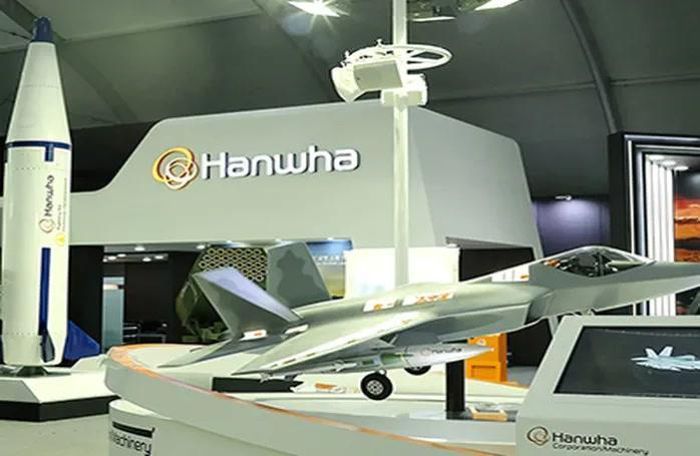
 SEOUL, South Korea — Hanwha Aerospace, the leading aircraft engine producer in
SEOUL, South Korea — Hanwha Aerospace, the leading aircraft engine producer in
 Hanwha said while SI would be managed independently, Kim Dong-kwan — the first son of Hanwha Group chairman Kim Seung-youn and president of the group’s chemical affiliate, Hanwha Solutions — would join SI as a non-standing executive director to facilitate cooperation between the two companies.
Hanwha said while SI would be managed independently, Kim Dong-kwan — the first son of Hanwha Group chairman Kim Seung-youn and president of the group’s chemical affiliate, Hanwha Solutions — would join SI as a non-standing executive director to facilitate cooperation between the two companies.
 In a separate statement, SI President Kim Ee-eul said the deal “provides the financial resources and strategic partnership that we can leverage for further growth.” Kim added SI will “expand business to proactively respond to the growing domestic and international demands on Synthetic Aperture Radar and infrared satellite systems as well as optical satellite systems.”
In a separate statement, SI President Kim Ee-eul said the deal “provides the financial resources and strategic partnership that we can leverage for further growth.” Kim added SI will “expand business to proactively respond to the growing domestic and international demands on Synthetic Aperture Radar and infrared satellite systems as well as optical satellite systems.”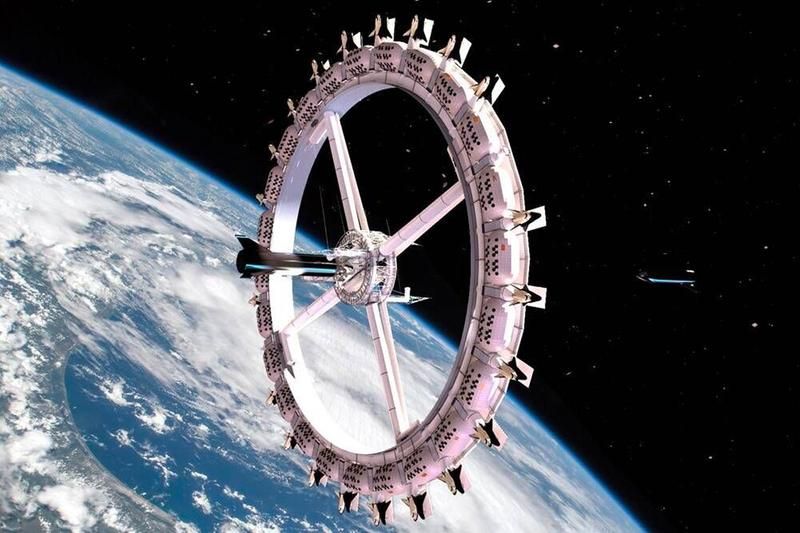
 Do you want to go travelling to see the world when you’re older? But what if you
Do you want to go travelling to see the world when you’re older? But what if you could see the whole world in one go…?
could see the whole world in one go…? spa and a gym – including a basketball court where players can use low gravity for a slam-dunk the professionals would be proud of!
spa and a gym – including a basketball court where players can use low gravity for a slam-dunk the professionals would be proud of!
 “The station will be designed from the start to accommodate both national space
“The station will be designed from the start to accommodate both national space agencies conducting low gravity research and space tourists who want to experience life on a large space station with the comfort of low gravity and the feel of a nice hotel,” OAC says.
agencies conducting low gravity research and space tourists who want to experience life on a large space station with the comfort of low gravity and the feel of a nice hotel,” OAC says.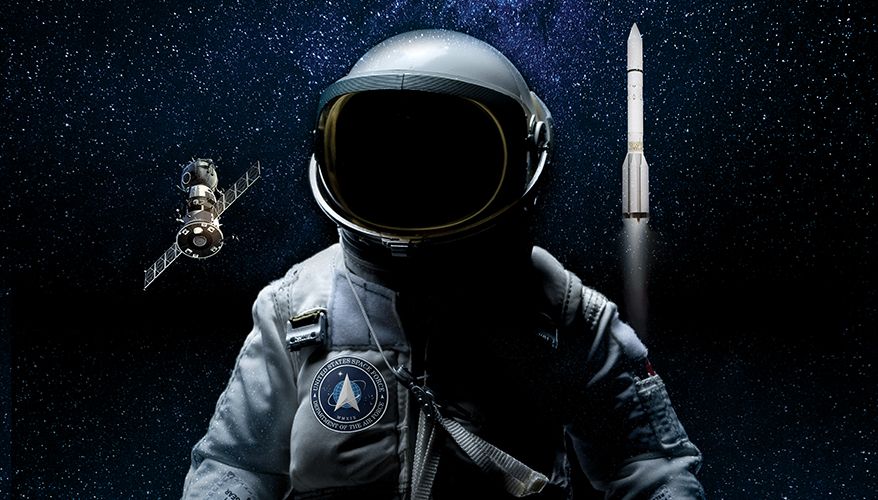
 This year, the Space Force will prioritize collaboration with the commercial space industry and partners around the world, the
This year, the Space Force will prioritize collaboration with the commercial space industry and partners around the world, the

 “We want to build a very fused connection with commercial industry,” he said.
“We want to build a very fused connection with commercial industry,” he said.

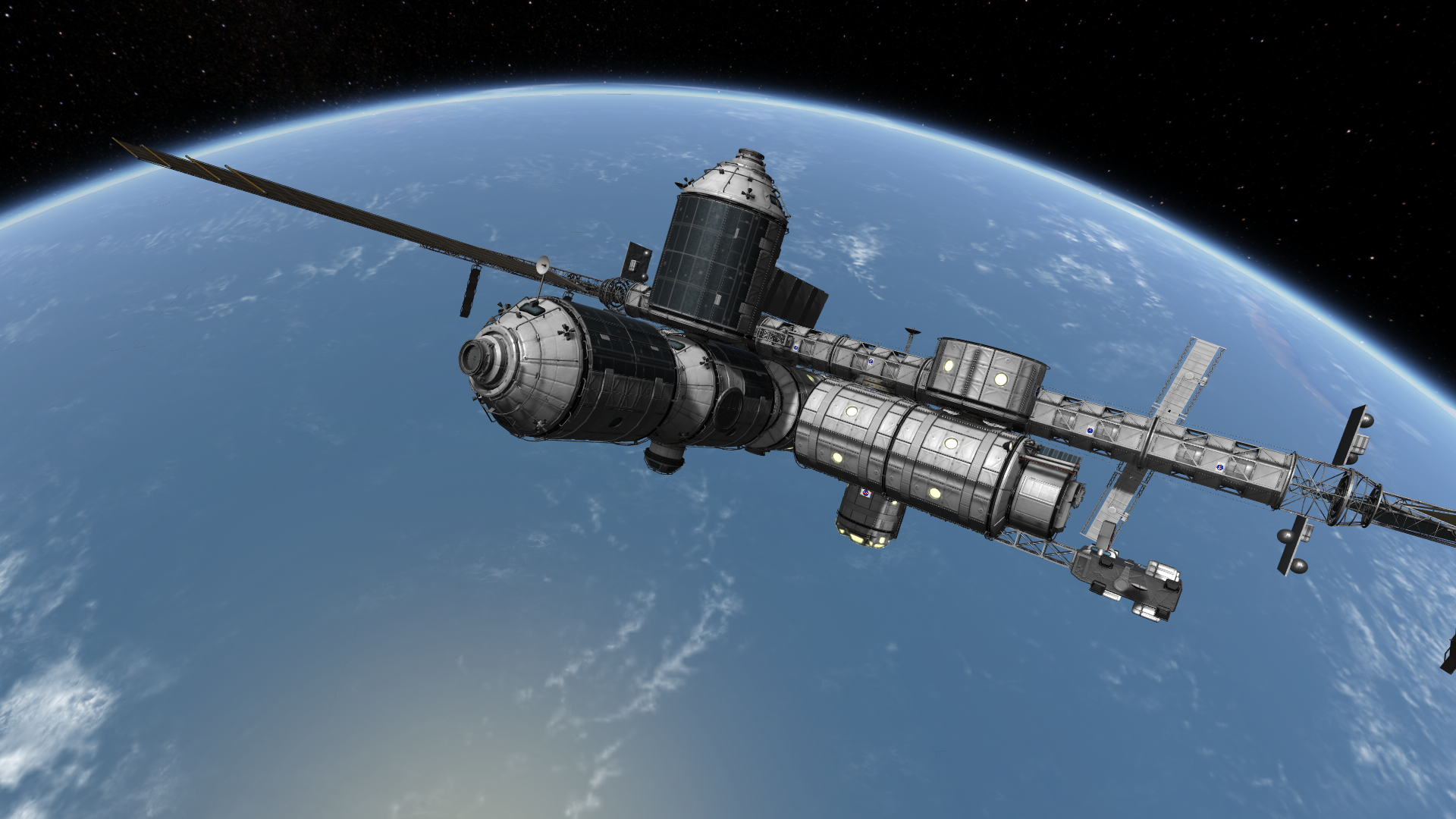
 Axiom Space, a Houston-based developer of what would be the world’s first commercial space station, raised $130 million in
Axiom Space, a Houston-based developer of what would be the world’s first commercial space station, raised $130 million in Series B funding led by C5 Capital.
Series B funding led by C5 Capital. • More space bucks: SpaceX raised $850 million last week at around a $74 billion valuation last week, per CNBC. Axiom and SpaceX are working together on next January’s planned tourism trip to the International
• More space bucks: SpaceX raised $850 million last week at around a $74 billion valuation last week, per CNBC. Axiom and SpaceX are working together on next January’s planned tourism trip to the International Space Station.
Space Station.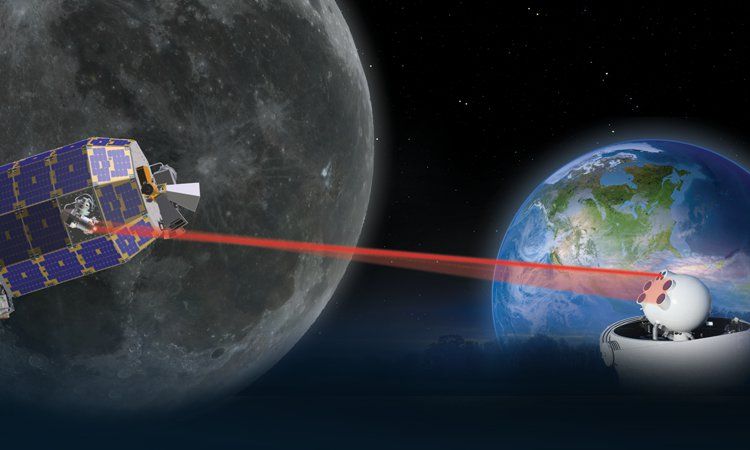


 It’s also potentially big money. SpaceX, Facebook, Google and a host of other tech companies are looking at the potential of laser-based communications.
It’s also potentially big money. SpaceX, Facebook, Google and a host of other tech companies are looking at the potential of laser-based communications.